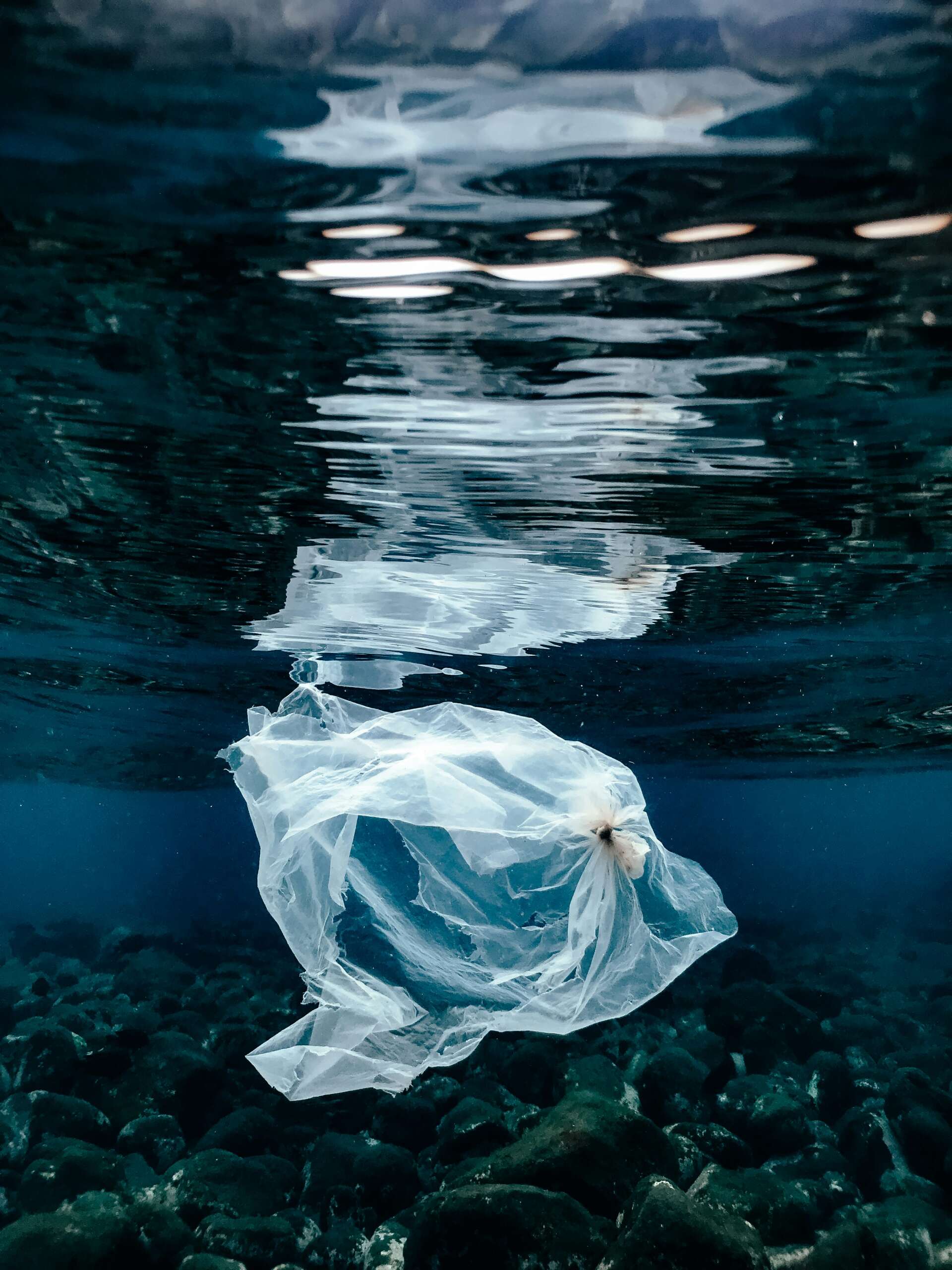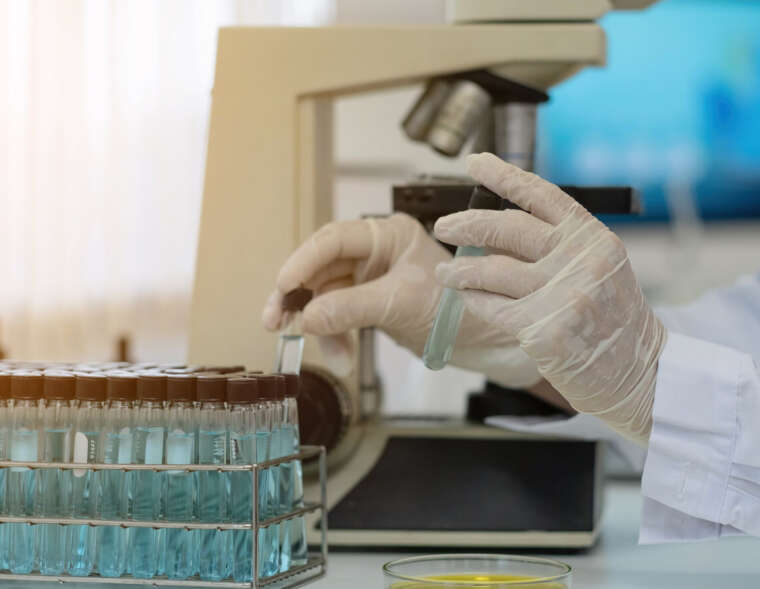Microplastics—tiny plastic particles less than 5 millimeters in size—have become a growing concern in our water supply. These particles are the result of larger plastics breaking down over time or are intentionally added to products, and they can now be found in water sources all over the world, including drinking water.
Microplastics not only pose environmental hazards but also have the potential to affect human health. Studies suggest that ingesting these tiny particles can have long-term health implications, including exposure to harmful chemicals. While more research is still being done on the full impact, one thing is clear: reducing microplastics in your water is important for safeguarding your health.
Where Do Microplastics Come From?
Microplastics can enter water sources in several ways:
- Breaking down of larger plastics: Plastic bottles, bags, and containers degrade over time, shedding microplastic particles into the water.
- Synthetic textiles: Washing synthetic fabrics like polyester releases microplastics into wastewater.
- Personal care products: Some cosmetics and toothpastes contain microbeads, which are a form of microplastic that can make their way into water supplies.
With their prevalence, ensuring your water is free from microplastics is more critical than ever. But how can you effectively remove them from your water?
The Best Way to Remove Microplastics from Water
While traditional water filtration systems may not be effective at removing microplastics, there are specific technologies that can help:
- Reverse Osmosis (RO) Systems
Reverse osmosis is one of the most effective methods for removing microplastics from water. RO systems work by forcing water through a semi-permeable membrane that filters out contaminants, including microplastics, down to a molecular level. This ensures that only pure water passes through while microplastics and other impurities are left behind. Sovereign Water’s Reverse Osmosis Systems are designed to provide the highest level of filtration, ensuring clean and safe drinking water. - Carbon Filters
Activated carbon filters are great at removing chemicals, odors, and organic compounds, but they can also help reduce the presence of microplastics in your water. These filters work by adsorbing contaminants as water passes through, making them an ideal option when used alongside other filtration systems for comprehensive protection. - Ultrafiltration Systems
Ultrafiltration (UF) systems use a membrane with tiny pores that physically block contaminants, including microplastics, from passing through. This method provides another layer of protection, particularly for commercial applications where high water volumes need to be treated. - Pre-Filters
Installing pre-filters can capture larger particles, including microplastics, before water moves through finer filtration systems. These filters act as the first line of defense and can extend the life of more advanced filtration systems like reverse osmosis or ultrafiltration.
Why Choose Sovereign Water for Your Filtration Needs?
At Sovereign Water, we offer a range of advanced water filtration systems designed to tackle even the toughest water contaminants, including microplastics. Whether you’re looking for a reverse osmosis system for your home or a larger-scale solution for your business, we have the expertise to provide the right system for your needs.
We understand the growing concern about microplastics and are committed to delivering effective, customizable, and sustainable solutions to help you enjoy clean, safe water every day. Reach out to us at [email protected] to learn more about how our systems can protect your water from microplastics and other harmful contaminants.



